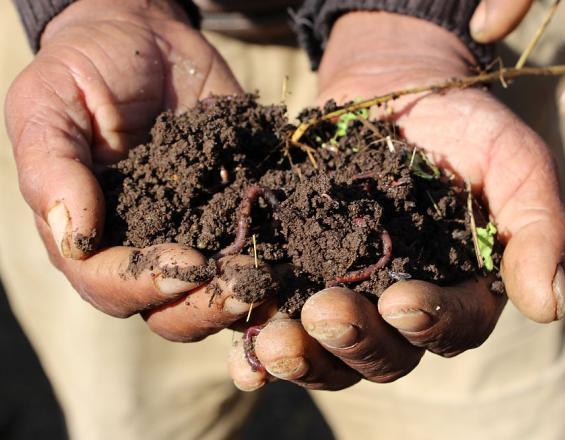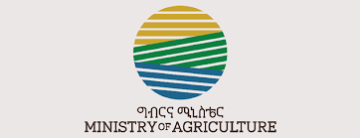
One “quick-win” technology for farmers to improve soil fertility – vermiculture and worm compost in Ethiopia

ISFM+ promotes the use of integrated soil fertility management (ISFM) in the Ethiopian highlands. Vermiculture or vermicomposting is a technology which utilizes red earthworms (Eisenia fetida) to break down organic residues in order to produce nutrient-rich compost plus worms for sale or poultry feed. Farmers build wormboxes using locally available materials and ensure the five essentials for vermicomposting: bedding material (carbon source), feeding (plant material and dung), good ventilation (oxygen), stable humidity (moisture content of 60-70%) and fitting temperatures (15-35°C). ISFM+ applies a partnership approach in which partners play key roles in implementing various activities. The project uses a cascading train-the-trainer approach to capacitate partners and anchor technologies and approaches into regional extension packages. It employs a participatory learning and extension approach and encourages local multiplication of earthworms.
Impacts
Vermicomposting is one of ISFM+s “quick-win” technologies which satisfies short-term needs like grain and biomass yields at farm-level while contributing to long-term goals like efficient and sustainable use of resources, appropriate residue management, nutrient and waste recycling and increase of soil organic matter and hence soil fertility, water infiltration and retention. The Tigray Agricultural Research Institute assessed organic fertilizers (vermicompost, compost and farmyard manure) showing that vermicompost has the highest content of organic carbon, N, P, K, Cu, Zn and Fe. This result motivated other research institutions to conduct further research on yield effects on various crops which are very promising and are currently pending publication. The acceptance and up-take of vermicompost application due to observed yield effect is high. Demonstration fields and regional exchange visits contributed to the current scaling-out of the technology in the regions. High demand for earthworms led to income opportunities through the sale of surplus worms to peers or NGOs (estimated mean annual income of ETB 4000 per farmer (n=800)) and led to the establishment of 565 public or private worm multiplication centres with a production volume of 36 t/year. On top of that, at least 17 stakeholders (NGOs, SMEs or donors) replicate the vermiculture technology as of mid-2020.


